
The Right to a Context
Pernilla Holmes, the curator of CONTEXT, discusses this new section of viennacontemporary
The tenth-anniversary edition of international art fair viennacontemporary will take place under the artistic direction of Francesca Gavin from September 12 to 15 in Halle D of Messe Wien. With an exhibitor list comprising 98 galleries and 6 institutional stands from a total of 24 countries, the upcoming edition of viennacontemporary is the largest in years.
This year viennacontemporary presents also the new section CONTEXT, curated by Pernilla Holmes, with nine solo presentations of artists from the late 20th century, some of whom have been overlooked in the past, while others have played a crucial role in shaping today’s Austrian art scene. The section draws connections between the innovation of today and the rich history of art in Central and Eastern Europe, demonstrating how the creative present emerges from an exciting recent past.
Orshi Drozdik, Blink and sigh, 1977, Einspach & Czapolai Fine Art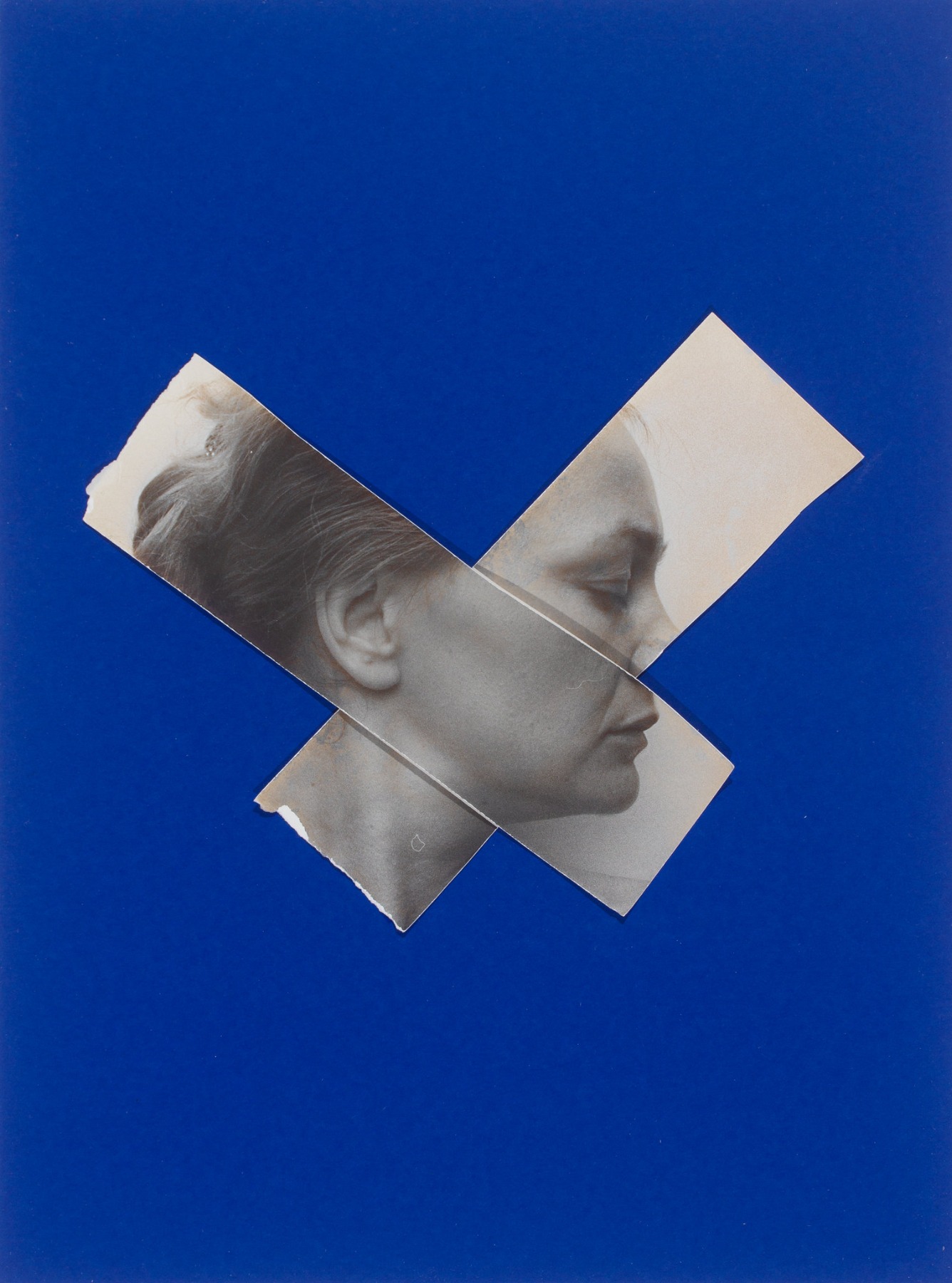
viennacontemporary Artist Director, Francesca Gavin, who has initiated the new section, describes her motivation behind the idea: “Contemporary art has grown out of an incredible heritage. This section of late 20th-century solo presentations makes connections between the innovation of today with the invention and rich history of art in Austria and the rest of Central and Eastern Europe.”
Six of the nine featured artists are women, some of whom developed performative, avant-garde practices that challenged traditional notions of femininity and liberated female desire from the confines of morality. Others challenged the boundaries of what their male counterparts defined as “high art”.
Pernilla Holmes, the curator of CONTEXT, has been the Director of the art advisory and cultural strategy firm Wedel Art since 2010. She has spearheaded a range of special projects, including curating exhibitions with artists such as Theaster Gates, Shara Hughes, Sam Gilliam, and Frank Bowling. We spoke with her while she was in New York, although she was already preparing to return to Vienna. During the preparation period for CONTEXT, she had numerous inspiring meetings there with galleries and artists from the region.
Pernilla Holmes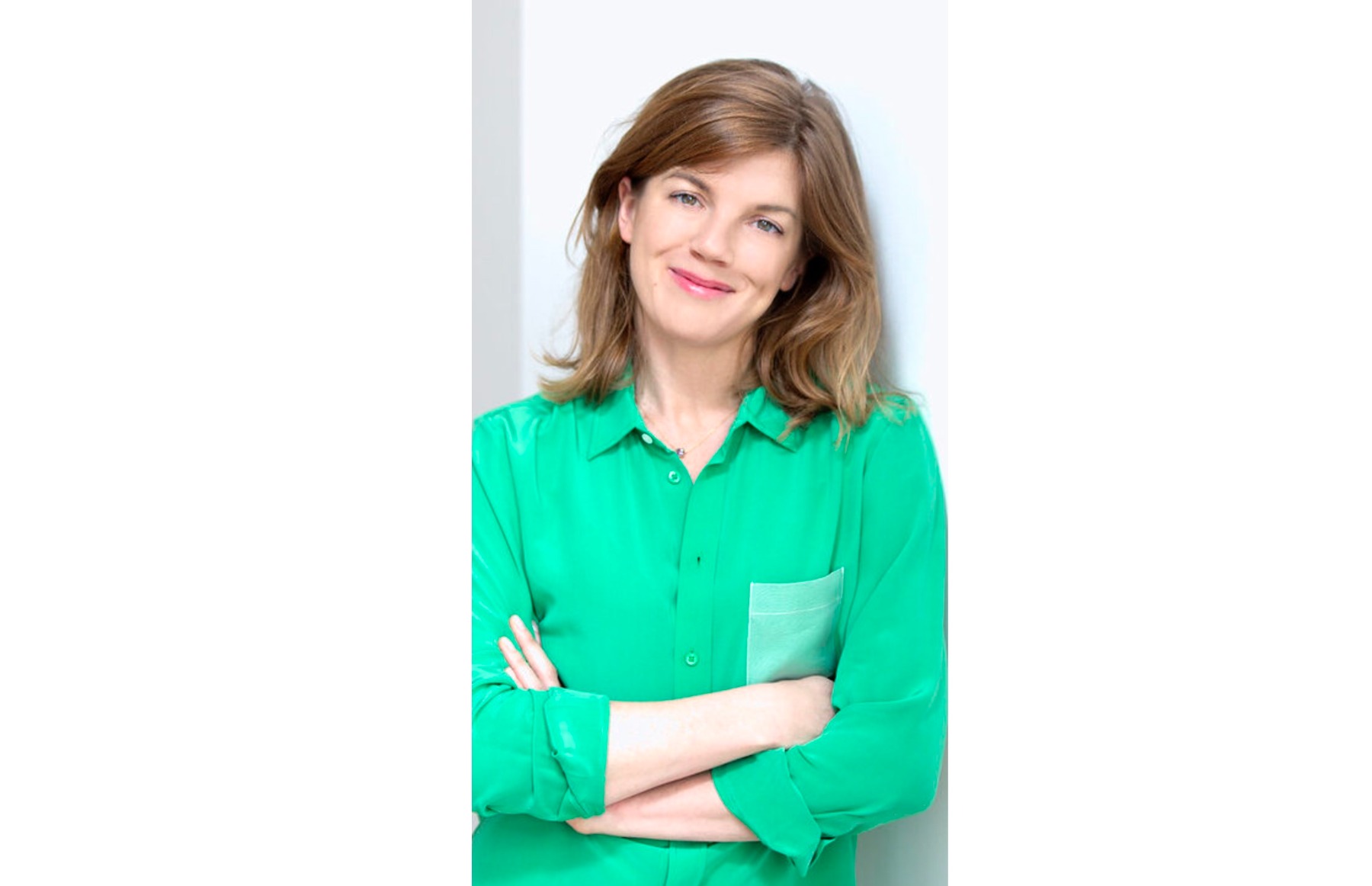
How do you see the role of the new section at viennacontemporary called CONTEXT?
CONTEXT is the brainchild of Francesca Gavin, the new artistic director of viennacontemporary – she invited me to curate its first edition. I think it makes perfect sense to give viewers an understanding of the artists who have shaped today's artistic dialogue, while also highlighting the important revisions in art history taking place now. Although I'm not an expert on Vienna or its art market, in recent years, as both an art advisor and curator, I’ve been working not only with ultra-contemporary and contemporary art, but also exploring art history through 'new lenses.'
Over the last decade or so, there has been a significant revisiting of art history, giving greater recognition to many wonderful artists who were previously overlooked due to their ethnicity, location, gender, or other factors that sidelined them in favor of key male artists working in places like Paris or New York. For an art history nerd like me, it's an exciting time to see the field evolving, expanding its parameters and ideas, and becoming all the richer for it.
For CONTEXT, I wanted to apply this revisionist lens to some of the great artists from Central and Eastern European art history. It has been a fascinating journey to speak with galleries and experts from the region. Many of the selected artists are incredibly well-known in their home countries, and perhaps even regionally, and it would be gratifying to see that recognition continue to grow.
One of the fundamental aspects of the current situation is how we're shifting our perspectives on many artists and events that have already shaped history.
Definitely! When I first studied art history, we relied on Janson’s History of Art, which presented a very linear narrative – moving from one modern art movement to the next, focusing primarily on key Western cities like New York and Paris, and mentioning very few women. It’s inspiring and essential to see how things are changing now.
Recently, I met with Katerina Gregos, the artistic director of the National Museum of Contemporary Art in Athens. This year, she has curated a four-part project titled What if Women Ruled the World? Throughout the year, the entire museum is devoted exclusively to women artists.
It's so great, right? I love art history and appreciate the many male artists we all know so well. However, discovering overlooked artists adds a whole new level of richness. For example, in the US, examining the history of experimental abstraction from the 60s and 70s, including artists like Sam Gilliam and Ed Clarke, reveals a much more compelling picture of that time. Peeling back the layers often uncovers fascinating contributions that were previously overlooked. Similarly, with CONTEXT, I’m excited about the artists I’ve learned about.
For example, let’s look at Orshi Drozdik, a Hungarian artist now based in New York, who is being shown by Einspach Fine Art. She was working contemporaneously with the iconic Marina Abramović and, like Abramović, used her body in challenging performances that addressed critical feminist issues for women in the 70s, alongside political activism. In her own words, “I feel history on my skin.” Drozdik is part of a strong tradition of feminist performance art from the 60s and 70s, which includes key figures such as Carolee Schneemann and Karen Finley from the USA, and Valie Export from Austria. These artists, among others, used their bodies to challenge concepts of shame, guilt, and ownership, confronting the objectification of women's bodies.
In the CONTEXT section, we have three artists who, in their own ways, address these themes. These include Croatian artist Vlasta Delimar and Hungarian artist Zsuzsi Ujj, both of whom sought to break free from stereotypical roles that women were boxed into and to challenge and dispel guilt related to women’s bodies and sexuality.
Vlasta Delimar, Cock on Tongue, 1983, galerie michaela stock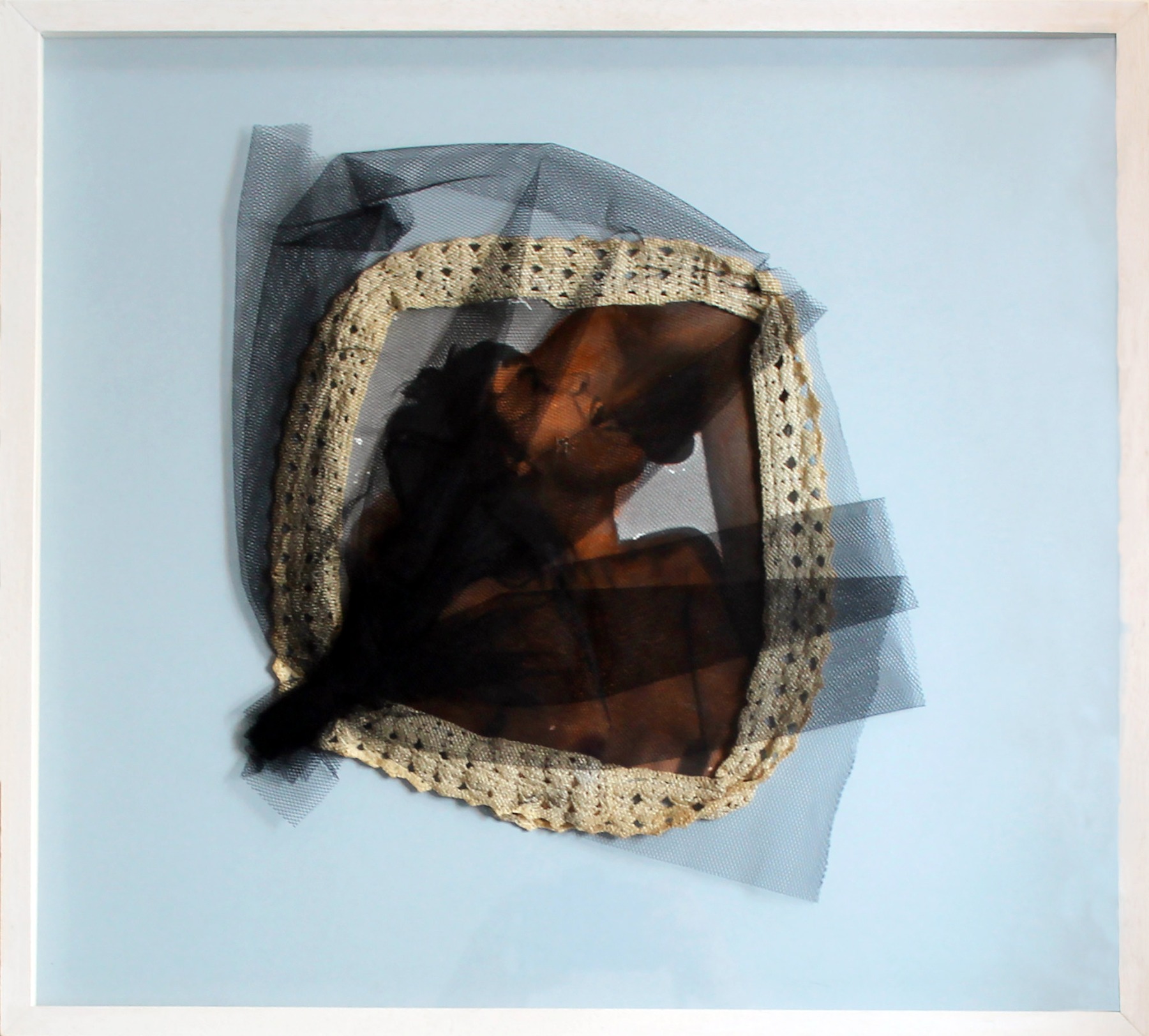
In Vlasta Delamar case, it’s really like shifting the perspective from the object to the subject.
Exactly right. Did you know that she’ll perform at the galerie michaela stock booth? Her performance, The Right to an Orgasm at Over 60, still provokes.
I really love Zsuzsi Ujj’s Mirror on the Wall series, where she explores her body through the use of mirrors.
Me too – and we’ll also show works of hers where she has painted a skeleton onto her nude body.
Zsuzsi Ujj, With a Throne, 1986, Courtesy the artist and acb Gallery Budapest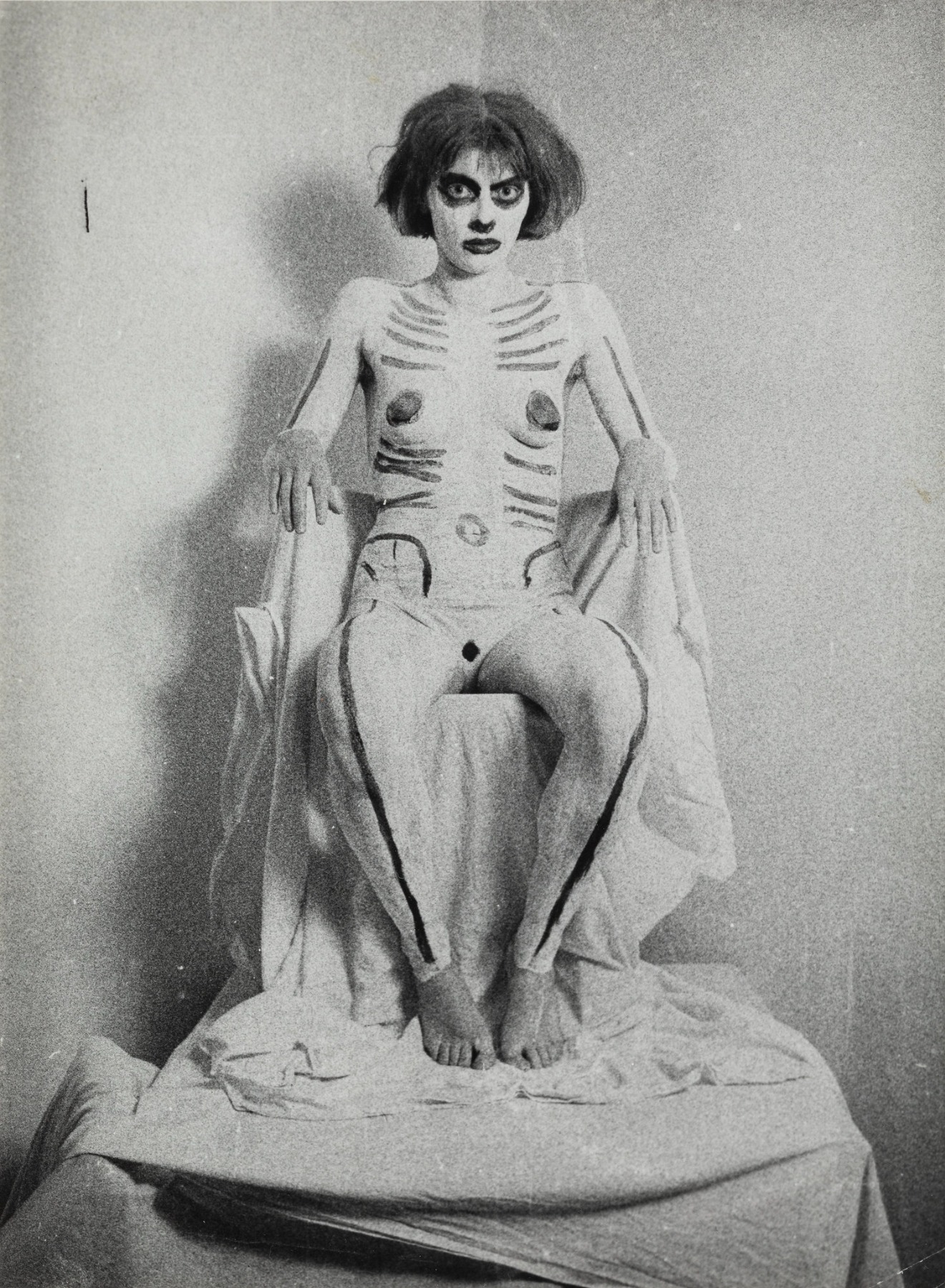
This is a powerful gesture, revealing the internal structure of the body and what lies beneath the surface.
Absolutely. The recent histories and specific contexts from which these women come are deeply fascinating. I encourage anyone attending the fair to explore the political and social situations that influenced their work, as these contexts play a significant role in their practices. This is one of the most generous aspects of art—it offers insight into the history of a place through ideas, emotions, and other elements that art can convey. While history books provide the facts, art offers the feelings.
If we consider Serbian artist Kosara Bokšan, who was an exceptional painter, her perspective is quite different. She moved to Paris and became acquainted with artists like Serge Poliakoff and Hans Hartung. Yet, her Woman Mountain series engages deeply with the female body, presenting a nearly mystical relationship with the landscape.
Max Weiler, Himmelschauspiel, 1981, W&K – Wienerroither & Kohlbacher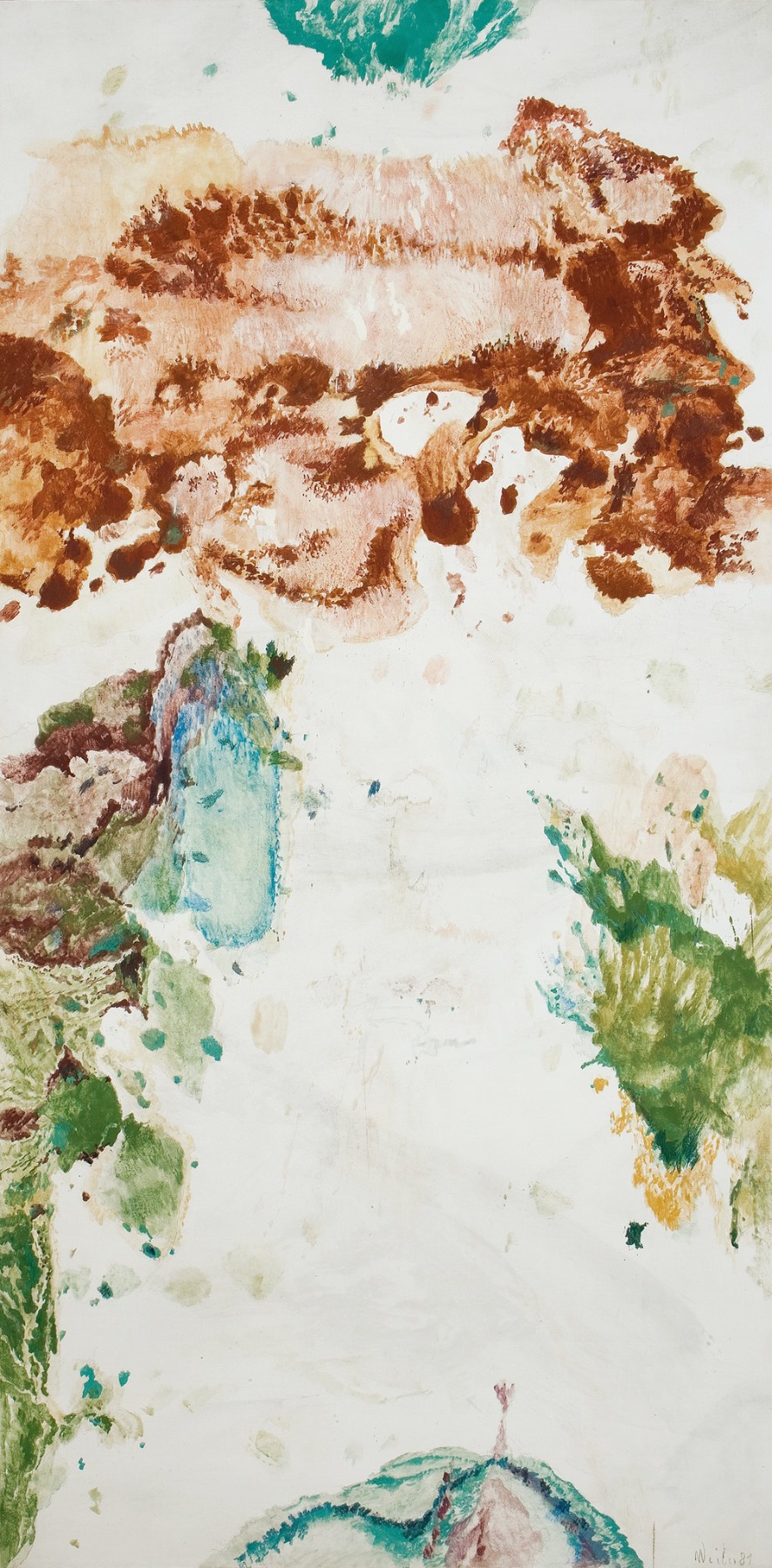
In the CONTEXT section, there are also a few Austrian artists who come from quite different backgrounds compared to their Hungarian or ex-Yugoslavian counterparts. As described in the section’s concept: “Collage and abstraction are now an integral part of art history – these artists were among the early proponents of these groundbreaking techniques, and we look forward to shedding light on their practices as we reconsider whose stories are being told today and by whom.”
Arnulf Rainer is a major artist with international acclaim. I’m excited to include him as a prominent Austrian figure who has had a profound impact on both abstraction and Viennese Actionism. His influence and significance in the art world are undeniable.
Max Weiler is another artist I discovered while researching for this fair. The gallery introduced me to his work, and I was thrilled to explore his dynamic and captivating paintings. His art provides an intriguing perspective, especially in the context of the contemporary moment for abstract painting influenced by the natural world. There is a whole series of interesting young female artists, such as Francesca Mollet, Sarah Cunningham, and Meghan Rooney, working in this direction. Weiler’s work feels very timeless.
And then there’s André Verlon. I was particularly intrigued by his story. His collage works are groundbreaking, but what I also found fascinating was his creation of an alter ego. Under a different name, he acted as an art dealer selling his own works. This kind of playful manipulation of the art world reminds me of contemporary artists like Maurizio Cattelan.
We’ll also feature a booth with works by Kiki Kogelnik, the great Austrian artist who was part of the international pop art movement in the 60s and 70s. Like many others, I discovered her only much later, when she was included in The World Goes Pop exhibition at Tate Modern in 2015. This is yet another example of how art history grows richer by expanding our perspective.
I’d also like to mention Inge Dick, who has been profoundly interested in the effects of light, parallel to artists from the Light and Space movement in the US, such as James Turrell, Robert Irwin, and Mary Corse.
KIKI KOGELNIK, "Venetian Blinds", 1980, from the series "Women", Galerie bei der Albertina Zetter
But in your description, you mention collage and abstraction as key points. Contemporary art constantly shifts focus, but there is always a reason behind these changes. Is there a particular reason why abstraction is receiving so much attention at this moment?
Art history tends to go in cycles, and there are various reasons for these shifts, some more compelling than others. For example, over the past 15 years, figurative painting has been dominant, often linked to socio-political identity and personal storytelling – 'the personal is political', as it was formulated in the old feminist slogan. This prominence of figurative work naturally led the next generation artists to move away and to turn back to abstraction..
Abstract painting also engages with the elements we love to discuss in art: formal qualities, brushstrokes, gestures, mark-making, and the play of light. Many younger artists, much like Weiler and Bokšan, use abstraction to explore themes related to landscape and nature. In an era marked by devastating fires, overpopulation, and rapid urbanization, we are all reconsidering our relationship with the natural world. This shift in perspective is also reflected in contemporary painting.
One of the artists chosen to participate in CONTEXT, Arnulf Rainer, was a pioneer of Art Informel…
In a way, it’s the European equivalent of Abstract Expressionism, which was prominent at the time. However, while Abstract Expressionism in the US was closely tied to various political contexts, Europe had its own distinct movement emerging from a different historical background. Today, abstract paintings are so ubiquitous that they often appear in office buildings and other everyday spaces. It’s important to remember that, at the time, embracing abstraction was a very radical choice.
Inge Dick, Weiss 22.06.2002 5_44, 2002, Courtesy of Galerie Sturm & Schober, Photo: Herman Seidl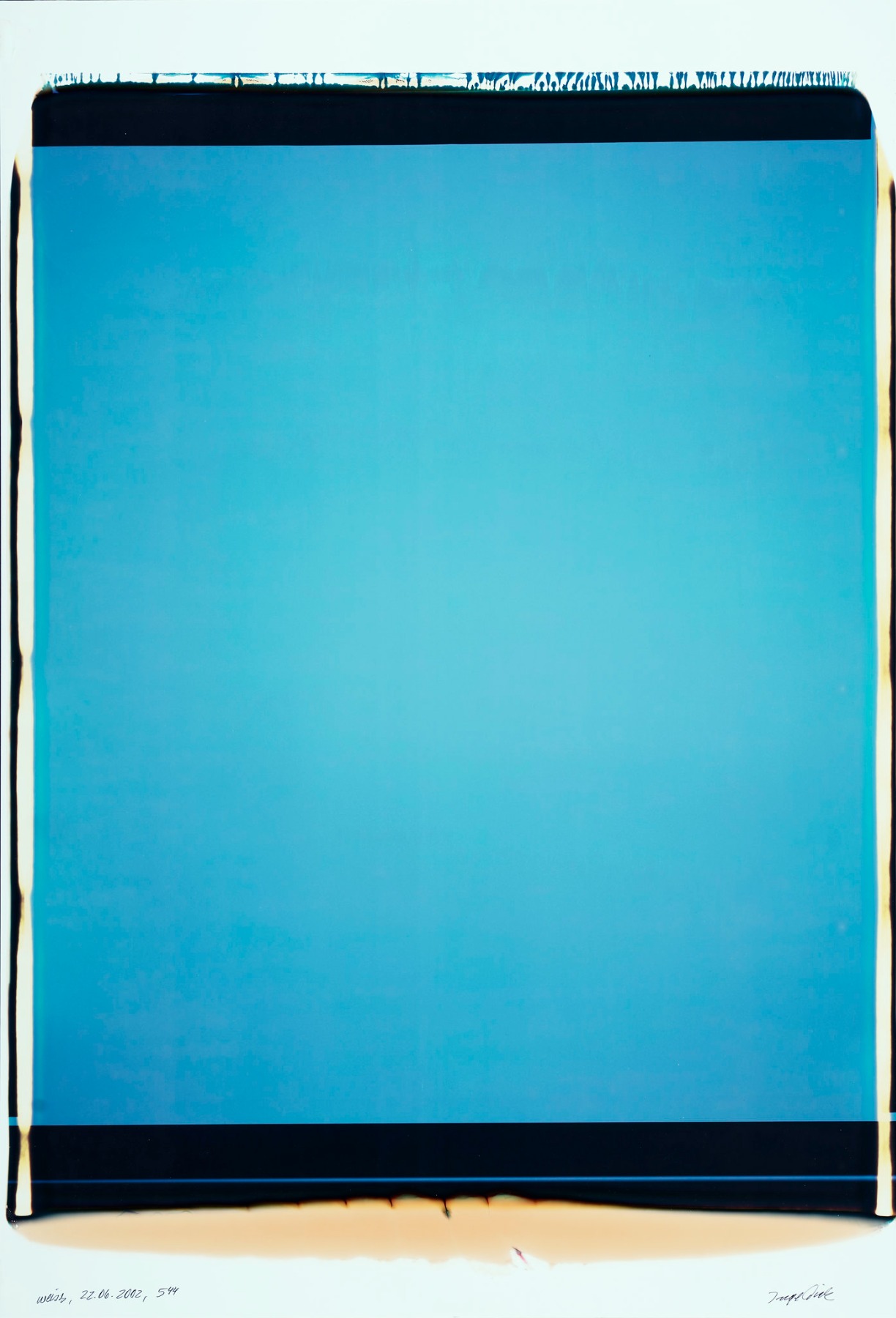
In your professional life, you’re deeply involved in advising and collaborating with art collectors. Have you observed any shifts in focus or changes in trends over the past few years in the field of collecting contemporary and ultra-contemporary art?
Regarding the overall market, there are many ways to approach this question. However, in relation to CONTEXT, I’ve particularly enjoyed revisiting art history and exploring artists from recent decades who, while perhaps well-known in their time, have been overlooked in subsequent years.
On the commercial side of art advising, the field is evolving rapidly as the art world becomes ever increasingly international and tied to social media. While it has long been international in scope, the number of collectors is growing exponentially, but the number of artists they collect isn’t keeping pace. This leads to significant pressure on certain artists' markets. The market can be volatile, with steep ups and downs that often have little to do with an artist’s importance or talent.
As an advisor, I find it crucial to promote and place artists we genuinely believe in – those who have a meaningful impact on art history. I think it’s very hard for a private collector to keep up with the market’s speed and complexity. It’s increasingly important for collectors to work with curators or advisors they trust to help navigate these challenges and build meaningful collections.
Arnulf Rainer, Bogen, 1962 © Arnulf Rainer. Courtesy of Galerie Ruberl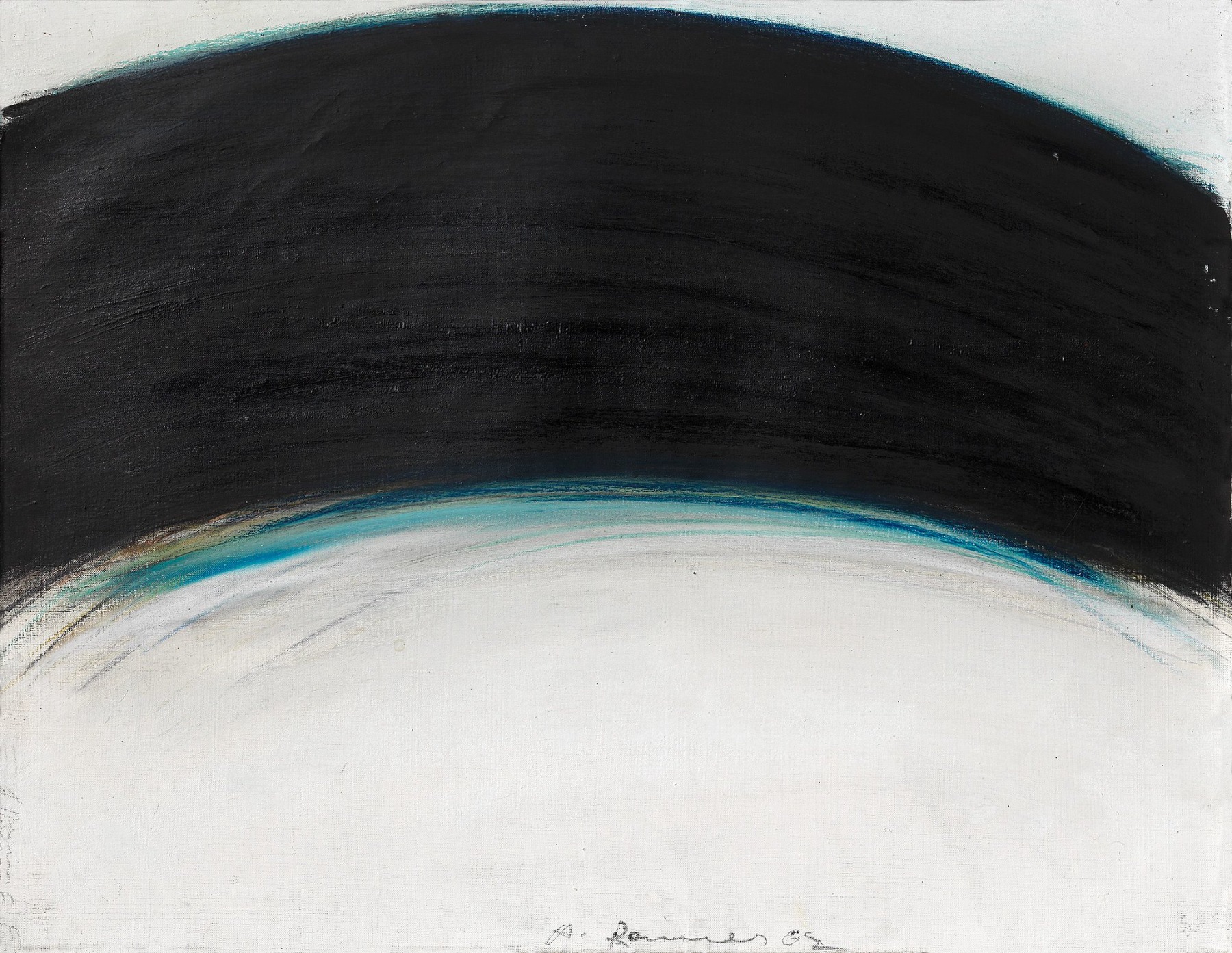
Do collectors themselves also follow the trend of revisiting recent art history?
Absolutely, collectors are indeed following this trend, as are galleries. It's all part of a broader process. And there are still so many artists awaiting such a retrospective re-evaluation and rediscovery.
André Verlon, Am Ende der Strasse, Hieke Kunsthandel
Artist List of CONTEXT:
Kosara Boksan | Gallery RIMA, Orshi Drozdik | Einspach Gallery, Inge Dick | Galerie Sturm & Schober, Vlasta Delimar | galerie michaela stock, Kiki Kogelnik | Galerie bei der Albertina Zetter, Arnulf Rainer | Galerie Ruberl, Zsuzsi Ujj | acb, André Verlon | Hieke Kunsthandel, Max Weiler | W&K – Wienerroither & Kohlbacher
Upper image: Kosara Boksan, Icarus, 1973, Gallery RIMA